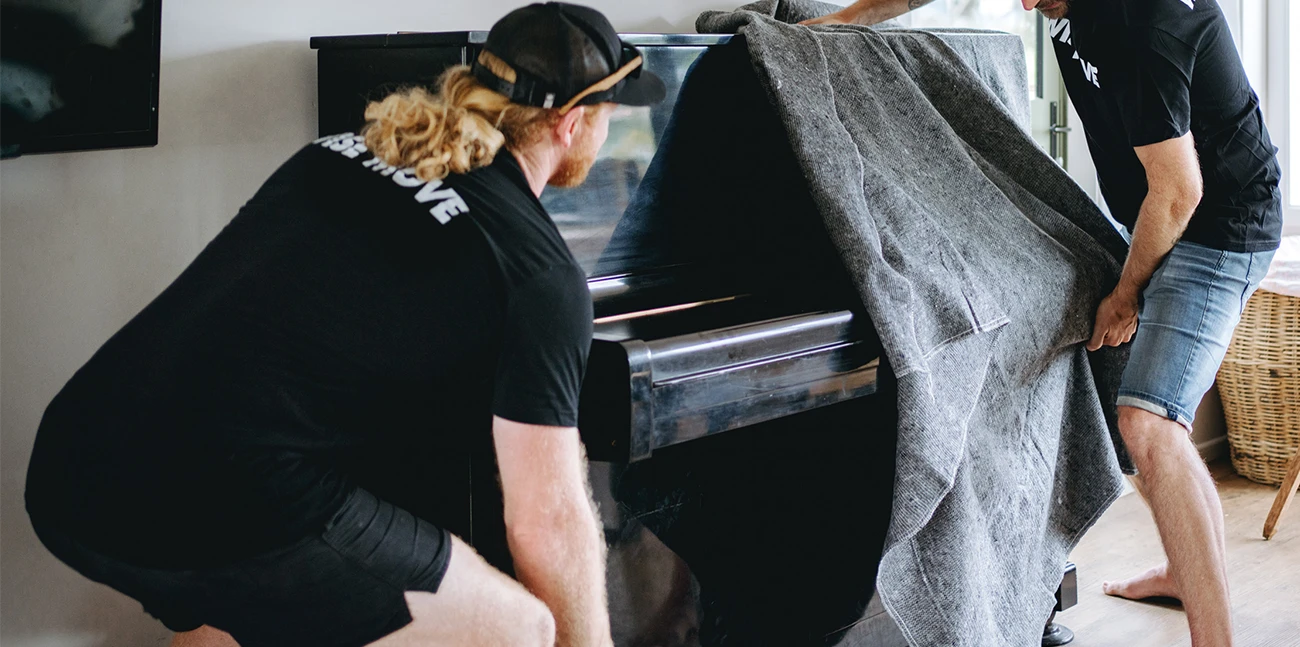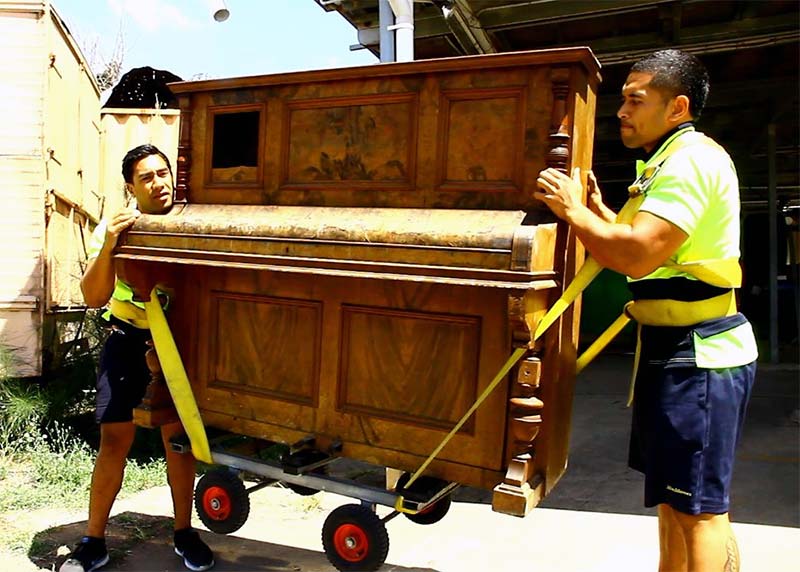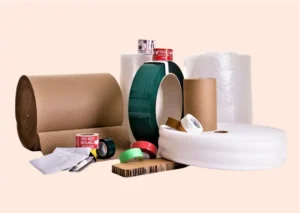Table of Contents

Key Takeaways
-
Moving a piano involves complex logistics and requires a skilled team, contributing to higher costs.
-
Specialized equipment and insurance are necessary for the safe transport of pianos, impacting the overall price.
-
The type and size of the piano, along with the moving distance and home accessibility, are key factors in cost determination.
-
There are strategies to minimize moving expenses, such as scheduling during off-peak seasons and preparing in advance.
-
Professional piano movers offer value for money by ensuring the safety and integrity of your instrument.
Decoding Piano Moving Costs
Let’s face it, moving a piano isn’t like shuffling a deck of cards. It’s a delicate dance of logistics, requiring precision, strength, and a lot of care. That’s why when you’re faced with the task, you might find yourself wondering why the costs are as grand as the instrument itself.
|
Company |
Average Cost to Move a Piano |
|---|---|
|
Forbes |
$400 (average) |
|
HomeGuide |
$50 – $350 for removal |
|
Thumbtack |
$300 – $400 (national average) |
|
Morningside Music Academy |
$1.50 – $2.50 per mile locally |
|
Top Mover Quotes |
$100 – $600 for local moves, $700 – $2000 for long distances |
These are the average costs to move a piano provided by different sources.
The Gravity of Piano Moving Expenses
It’s not just about getting from point A to point B. Moving a piano is about protecting a significant investment. Pianos are not only expensive but often hold immense sentimental value. The costs reflect the care and expertise needed to move these heavy yet fragile instruments safely.
Cost Breakdown: From Uprights to Grands
Whether you have a sturdy upright or a majestic grand piano, the costs will vary. Here’s a quick rundown:
-
Upright pianos: These can range from $150 to $300 for local moves.
-
Grand pianos: Moving these can start from $200 and go up to $1000 or more, especially for long distances.
-
Additional services like stair fees or storage can add to the total cost.
Why is Piano Moving So Expensive?
There are a few heavy-hitting reasons why moving a piano can strain your wallet. Let’s unpack them.
Imagine lifting an object that weighs as much as a polar bear but is as delicate as a glass sculpture. That’s your piano, and it requires more than just muscle to move.
Specialized Skill Set Requirements
Moving a piano isn’t a one-person job, and it’s certainly not a task for your average mover. It requires a team of professionals who are trained in the art of moving these instruments. They understand the nuances of balance, weight distribution, and the delicate internal mechanisms that must be protected at all costs.
Most importantly, these movers have the experience. They’ve seen it all, from narrow staircases to tight corners, and they know how to navigate these challenges without a single scratch on your piano or your walls.
Dedicated Equipment and Materials
Then there’s the gear. You can’t move a piano with just a dolly and some elbow grease. Professional piano movers come equipped with:
-
Skid boards
-
Padding and straps
-
Specialized dollies
-
A vehicle that can transport the piano safely
All these materials are designed to protect your piano’s finish, maintain its structure, and ensure it arrives in tune and ready to play. For more detailed information, check out Piano Moving Cost [2024 Data].

Risk Management and Insurance
Besides that, there’s the matter of risk. Moving a piano carries the risk of damage not only to the instrument but also to the movers and the property. That’s why reputable moving companies offer insurance to cover any potential mishaps. This insurance is factored into the cost, giving you peace of mind that your beloved piano is in good hands.
Slashing Your Spending: Thrifty Moving Tips
While piano moving is inherently pricey, there are ways to trim the bill without compromising on safety. It’s all about knowing the tricks of the trade.
Off-Season Moving: Timing is Money
One of the simplest ways to cut costs is to move during the off-peak season. Most people move between May and September, so scheduling your move outside these months can lead to lower rates. Mid-week moves can also be cheaper than weekend slots.
Also, try to book your movers well in advance. Last-minute arrangements often come with a premium, so planning ahead can save you some cash.
Ditching the Distance: Close Proximity Moves
If you’re only moving a short distance, let your movers know. Some companies offer reduced rates for moves within a certain radius. Negotiate with your movers for the best deal—after all, a shorter move should mean a smaller bill.
Expert Relocation Tips for Stress-Free Moves
Now, let’s talk about making your move as smooth as possible. With the right preparations, you can avoid unnecessary stress and costs.
Selecting the Right Movers
Choosing the right moving company is crucial. Don’t just go for the lowest quote—ensure they have experience with pianos specifically. Ask for references and check their insurance policy to ensure your piano is covered during the move.
Furthermore, consider their reputation. Look for reviews and testimonials from previous customers. A company with a solid track record is worth the investment.
Pre-Move Preparations: A Step-by-Step Guide
Before the movers arrive, take these steps to prepare: Consult our comprehensive relocation checklist to ensure nothing is overlooked.
-
Clear a path: Make sure there’s a wide, unobstructed path from your piano to the door.
-
Measure doorways and staircases: This ensures the movers know what to expect and can plan accordingly.
-
Secure loose items: If your piano has a lid or keyboard cover, make sure it’s closed and locked if possible.
-
Inform the movers of any potential obstacles: If there are tight turns or uneven floors, let them know ahead of time.
These preparations can save time on moving day, which means saving money, too.
Need Expert Help? Contact Us
If you’re feeling overwhelmed by the prospect of moving your piano, you’re not alone. That’s why professional movers are so valuable—they take the weight off your shoulders, literally and figuratively.
Why Professional Piano Movers are Worth the Investment
Professional piano movers might seem like an added expense, but they’re actually a smart investment. They have the expertise to ensure your piano arrives safely, saving you the potential costs of damage repairs. Plus, they handle the heavy lifting, so you don’t have to risk injury.
Contact Us for a Tailored Moving Quote
Every piano move is unique, and so are the costs. That’s why we offer personalized quotes to fit your specific needs. Contact us today, and let’s discuss how we can help you with your piano moving needs. Whether it’s a short trip across town or a long haul to a new home, we’ll make sure your piano gets there safely and affordably. For those considering a DIY approach, be sure to read our DIY piano moving tips for safe and efficient self-transport.

FAQs
How Do I Budget for Moving a Piano?
To budget for moving a piano, start by getting quotes from several professional movers who specialize in pianos. Make sure to provide them with details about your piano’s type, size, and the distance of the move. Don’t forget to ask about any additional costs, such as stair fees or storage. Once you have a range of quotes, you can set a realistic budget. Remember to allocate a little extra as a contingency for unexpected expenses.
Can I Move a Piano Myself?
While it’s technically possible to move a piano yourself, it’s not recommended unless you have experience and the proper equipment. Pianos are heavy and delicate, and moving them without the right knowledge can lead to injury or damage to the piano. If you’re not fully prepared for the challenges, it’s worth investing in professional movers who have the expertise to do the job safely. For those considering the DIY route, make sure to check out these DIY piano moving tips for guidance.
What Is the Safest Way to Transport a Piano?
The safest way to transport a piano is to hire professional piano movers. They have the specialized equipment and experience needed to handle the weight and size of pianos. Professionals use padding, straps, and skid boards to protect the piano during the move, and they have vehicles that are designed to transport pianos securely. If you value your piano, this is the best option for its safe relocation.
For example, when Mr. Thompson needed to move his cherished grand piano to a new state, he hired a professional moving service. They used a climate-controlled truck and custom cradles to ensure the piano remained in perfect condition throughout the journey.
How Long Does Moving a Piano Take?
The time it takes to move a piano depends on various factors such as the type of piano, the distance of the move, and the accessibility of your home. For local moves, the process could take a few hours. For longer distances, it could take a day or more, especially if the piano needs to be secured and protected for a long-haul drive. Always ask your movers for an estimated timeline for your specific situation.
What Should I Look for in a Piano Moving Service?
When looking for a piano moving service, consider the following: experience, insurance, and proper equipment. It’s important to hire professionals who have a proven track record in relocation challenges and solutions for moving delicate instruments like pianos.
Understanding the costs involved in moving a piano is crucial, as these can be quite high due to the instrument’s size, weight, and the need for special handling. Whether you’re hiring professional movers or considering a DIY approach, it’s important to be aware of the factors that can affect the overall price. These can include the piano’s size and type, the distance of the move, and any potential obstacles such as stairs or narrow doorways. For those looking for a more detailed guide on piano moving, there are resources available that offer comprehensive tips and advice for ensuring a smooth relocation.



